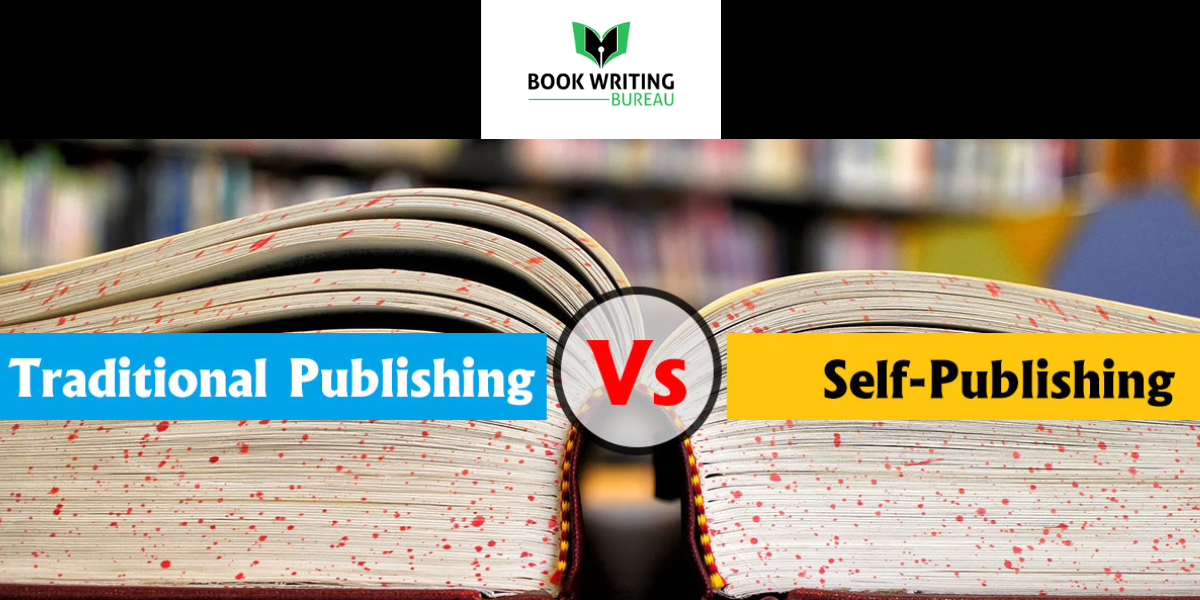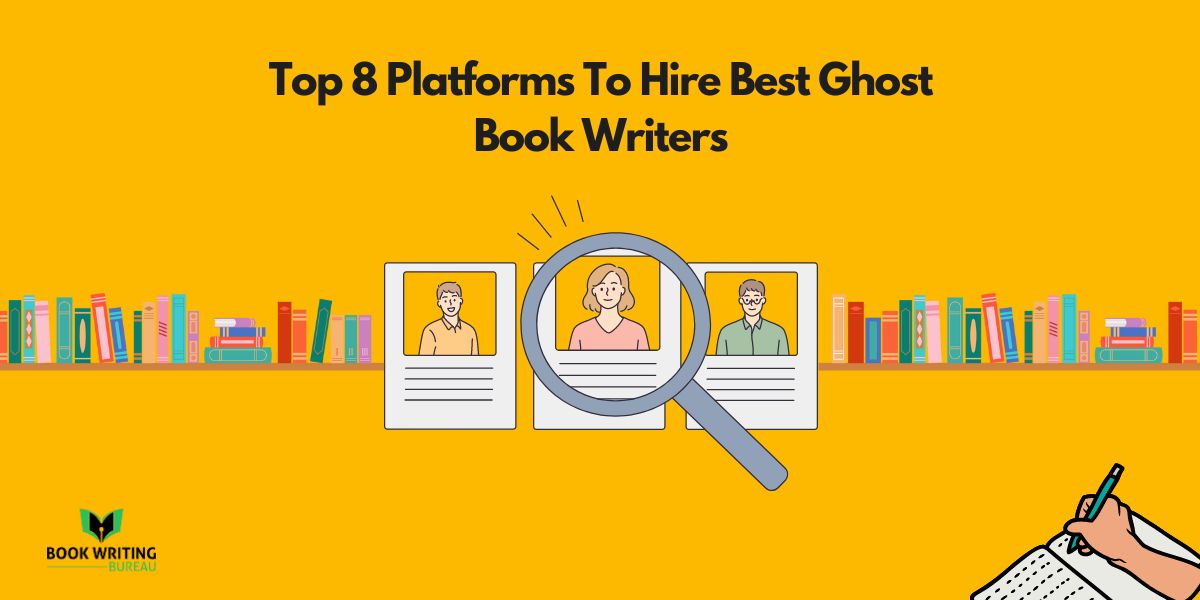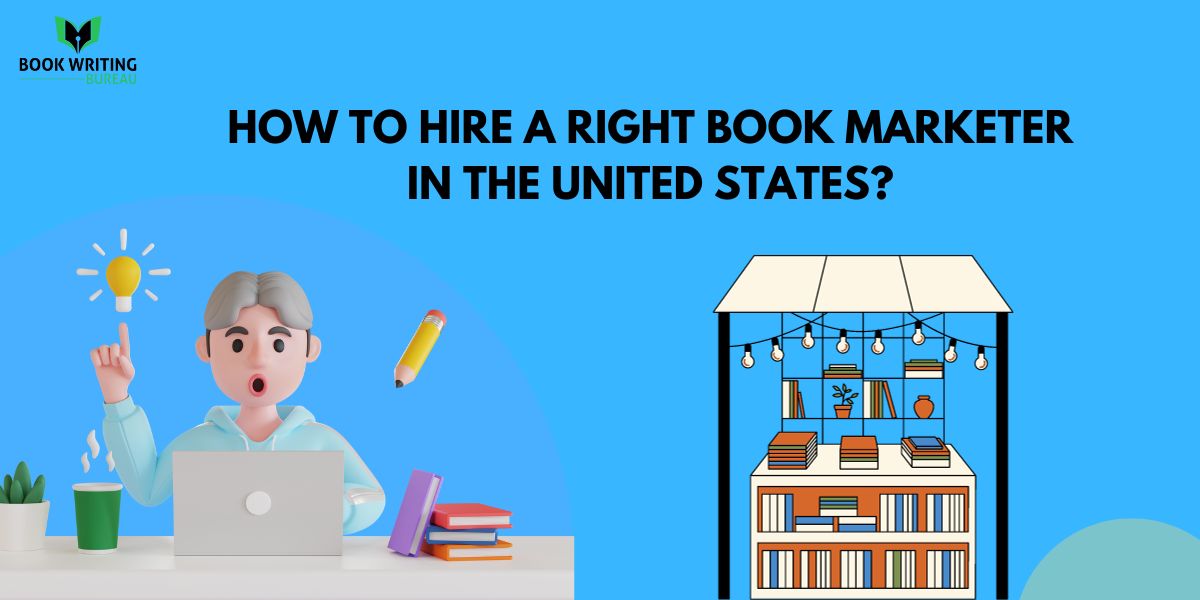
Publishing
Enjoy the entire article by clicking on the audio play button!
Authors have two primary options in book publishing: Traditional publishing vs. self-publishing.
Both avenues offer unique advantages and challenges, and understanding their differences is crucial for aspiring authors.
This article aims to shed light on the pros and cons of Traditional Publishing vs. Self-Publishing, helping you decide which path is right for you.
What is Traditional Publishing?
Traditional publishing refers to the conventional method of publishing books. In this model, authors submit their manuscripts to publishing houses, which review and select works for publication. If accepted, the publishing house handles the entire publishing process, including editing, designing, book printing, distribution, and marketing.
The Pros of Traditional Publishing
Access to Established Distribution Channels
One significant advantage of traditional publishing is its access to established distribution channels. Publishing houses have well-established networks with bookstores, libraries, and online retailers, ensuring wider availability and potential readership for your book.
Professional Editorial Support
When you choose traditional publishing, you can work closely with a team of professional writers to improve your manuscript. These professionals help you improve your writing with their software for book formatting, editing, etc. They make sure it meets industry standards and is the best it can be.
Higher Credibility and Prestige
Traditional publishing has a certain amount of respect and credibility. Being accepted by a famous publishing house means that your work has been carefully reviewed and meets the publisher’s quality standards. This can be good for your image as a writer.
Advanced Marketing and Publicity
Marketing teams at publishing houses plan and run campaigns to get the word out about their writers. They use their knowledge and connections to get people talking about your book, which raises its profile and makes it more likely to do well.
Potential Advance and Royalties
In traditional publishing, writers may get an advance on their future royalties. This payment up front can help with money while the book is being written. Also, writers get royalties based on how many books they sell, which could be a source of long-term income.
The Cons of Traditional Publishing
Difficulty in Getting Published
The traditional publishing industry is highly competitive, and accepting your manuscript can be challenging. Publishers receive numerous submissions and only select a limited number of works for publication. Rejection is common, requiring persistence and perseverance to secure a publishing deal.
Loss of Creative Control
Once you sign a publishing contract, you relinquish a certain degree of creative control over your work. Publishers make decisions regarding cover design, title, and content edits, which may not align entirely with your vision. Collaboration is essential, but compromises may be necessary.
Lengthy Publishing Process
Traditional publishing follows a lengthy timeline. From acceptance to the actual release of the book, the process can take anywhere from several months to a couple of years. This timeline includes editing, design, printing, distribution, and marketing phases, which can test an author’s patience.
Lower Royalty Rates
While traditional publishing offers potential royalties, the percentage authors receive from book sales is often lower than self-publishing. The publisher takes a significant share of the revenue as compensation for their investments and efforts.
What is Self-Publishing?
Self-publishing means taking on the responsibility for all aspects of book production. This includes writing, editing, cover design, formatting, and distribution. While various online platforms and services can assist you, you must invest time and effort or hire professionals from book publishing services, such as book illustrators, book writers, and book spine designers, to ensure a high-quality final product.
The Pros of Self-Publishing
Complete Creative Control
One of the best things about self-publishing is that it gives you full creative freedom. As the author, you have the final say on everything about your book, including how the title looks, how it’s put together, what’s in it, and how much it costs. This freedom of expression lets you share your ideas exactly as you see them.
Faster Publishing Process
Self-publishing lets you get your book out much faster than traditional printing. Since you are in charge of every step, you can speed up the process and get your book out sooner. This flexibility lets you react quickly to market trends and reader needs.
Higher Royalties
When an author self-publishes, they get a bigger share of the income from book sales. Since no publishing house is getting a fee, you could make more money per book sold, which can benefit your finances in the long run.
Flexibility in Pricing and Rights
As a self-published author, you can set the price for your book and make changes as you see fit. You also keep all rights to your work, so you can try out other forms, make changes, or look for licensing opportunities.
Direct Author-Reader Connection
Self-publishing puts writers and readers in direct contact with each other. You can connect with your readers through social media, author websites, or book events. This can help you build a personal relationship with them, leading to loyal fans and readers.
The Cons of Self-Publishing
Self-Marketing and Promotion
When authors self-publish, it is up to them to sell and promote their books. This can take a lot of time and knowledge of things like social media marketing, book launch events, and online ads, among other things. Successful self-publishing companies often put a lot of work into building their author platform.
Limited Distribution and Reach
Self-published books may face challenges in terms of distribution and reach. Even though online platforms like Amazon have a wide reach, it can be harder to get noticed in physical bookstores and libraries without the help of standard publishing networks.
Quality Control Challenges
With self-publishing, it’s up to the author to make sure the quality stays high. Hiring professional editors, proofreaders, and designers ensures your book meets industry standards. If you skip these steps, you might end up with a bad product, which could hurt your image as an author.
Initial Costs and Investments
Self-publishing means writers must pay upfront for book editing, design, formatting, and marketing costs. Self-publishing can save money in the long run, but authors must pay for these important services upfront.
Factors to Consider in Deciding Traditional Publishing vs Self Publishing
When deciding between Traditional Publishing vs. Self-Publishing, several factors should be taken into account:
Writing Goals and Objectives
Think about what you want to achieve with your work. Do you want to be known and accepted as a writer, or do you value artistic freedom and financial independence more? Knowing your goals will help you figure out what to do.
Time and Patience
Self-publishing lets you get your book out faster than traditional publishing, which often takes longer. Think about how patient you are and how quickly you want to get your book out there.
Budget and Financial Considerations
Look at your expenditures and how much money you have. Self-publishing gives you more control over your costs and may require less money upfront than traditional publishing. Figure out what you can afford and what you can’t.
Personal Preference and Control
Think about how much power you want to have over writing your book. Some writers like working with professionals, while others like being in charge of their work and making decisions.
FAQs
Is self-publishing suitable for all genres?
Yes, self-publishing is suitable for all genres. It provides authors the freedom to explore diverse topics and genres without limitations.
How much does traditional publishing cost?
Traditional Publishing vs. Self-Publishing does not require upfront costs from authors. The publishing house covers the expenses of ebook editing, designing, and marketing the book. However, the author may receive a smaller share of the book sales as royalties.
Can I switch from self-publishing to traditional publishing later?
Yes, it is possible to switch from self-publishing to traditional publishing. However, it may require finding a publisher interested in re-releasing your book and negotiating the rights.
Do self-published books sell less than traditionally published ones?
Self-published books have the potential to sell as well as traditionally published books, especially with effective marketing strategies and a dedicated readership. Success depends on various factors, including the book’s quality and the author’s marketing efforts.
Can I retain the rights to my book if I choose Traditional Publishing vs Self-Publishing?
The rights to your book will be outlined in the publishing contract. Reviewing the terms carefully and negotiating the rights important to you as an author is important.
Conclusion
In the debate between Traditional Publishing vs. Self-Publishing, there is no definitive answer regarding which is right for everyone. Each path has advantages and challenges, and the best choice depends on your specific circumstances and goals as an author. Consider your writing aspirations, timeline, creative control preferences, and financial considerations before deciding.



